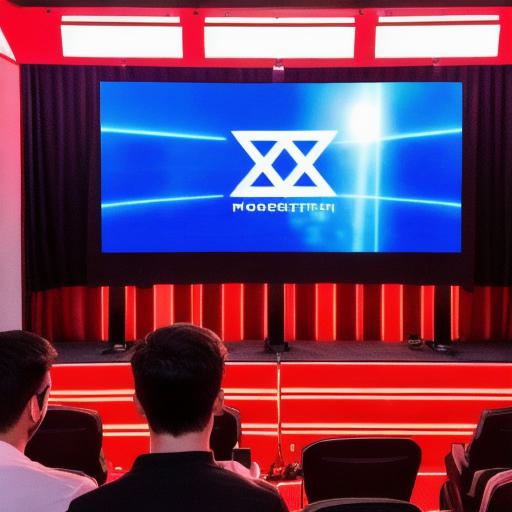Mobile game development requires a high level of interactivity and responsiveness, making it essential to employ efficient and flexible programming frameworks. Among these, Mob X has been gaining significant attention for its reactive programming capabilities and ease of use.
But what exactly is Mob X, and how does it work?
Let’s dive in!
What Is Mob X?
Mob X is an open-source, cross-platform mobile game development framework that utilizes reactive programming to provide real-time data streams and state management. It was designed specifically for developing interactive games and applications with a focus on efficiency, scalability, and ease of use.
**Key Features of Mob X:**
- Reactive Programming: Mob X uses a declarative approach that makes it easy to create dynamic user interfaces and handle real-time data changes without the need for complex event handling or heavy state management.
- Cross-Platform Compatibility: Mob X supports multiple platforms, including iOS, Android, and WebGL, making it an excellent choice for developers targeting a wide audience.
- Performance Optimization: Mob X utilizes an efficient virtual DOM and optimized rendering algorithms, ensuring that your mobile games run smoothly with minimal lag or stutter.
- Integrated Data Streams: With built-in data streams, Mob X enables real-time communication between components, allowing for seamless integration of networked gameplay features.
How Does Mob X Work?
At its core, Mob X uses a declarative programming approach that focuses on describing the desired output or result instead of explicitly specifying the steps to achieve it. This simplifies development by removing the need for complex event handling and state management. Instead, developers define reactive components that react to data changes and update the UI accordingly.
**Creating Your First Mob X Component:**
To illustrate how Mob X works, let’s create a simple component that displays a user’s score in a mobile game:
import React from 'react';
import observer from '@mobx/observable';
import { observer as MobXObserver } from 'mobx-react';
import myGameStore from './MyGameStore';
const ScoreComponent observer(function ScoreComponent() {
const score myGameStore.playerScore;
return <Text>{score}</Text>;
});
<h2>@MobXObserver</h2>
export default class MyGameScene extends React.<h2>Component {</h2>
@observable gameStore new myGameStore();
componentDidMount() {
// Initialize game store with any necessary data or logic here.
 }
render() {
return (
<h2> <View></h2>
<ScoreComponent />
<h2> </View></h2>
}
render() {
return (
<h2> <View></h2>
<ScoreComponent />
<h2> </View></h2>
 );
}
}
);
}
}In the example above, we create a simple ScoreComponent that observes the playerScore property of our myGameStore. Whenever this value changes, the component is automatically updated with the new score. By using Mob X’s reactive programming capabilities, we can easily keep our UI in sync with the game’s state without needing to manually handle events or complex state management logic.
**Conclusion:**
Mob X is a powerful and flexible framework designed specifically for mobile game development. Its reactive programming approach simplifies development, optimizes performance, and enables real-time data communication between components. By adopting Mob X in your next project, you’ll be well on your way to creating engaging, interactive, and high-performing mobile games that captivate users and leave them coming back for more.
